Soil liquefaction occurs when a saturated or partially saturated soil substantially loses strength and stiffness in response to an applied stress, during an earthquake or a sudden change in stress conditions material that is ordinarily a solid behaves like a liquid.
Actions in the soil such as seismic waves pass through saturated granular layers, distorting the granular structure that produces liquefaction, it causes loosely filled clusters of particles.
Drainage should be provided so that collapse can be avoided which indirectly increases the pore-water pressure between the grains and if the pore water pressure rises to the level of approaching the weight of overlying soil.
In such a case, the granular layer temporarily behaves as a viscous liquid as a substitute of a stable.
The process in which sediment temporarily loses its strength under the water table for a period of time behaves as a viscous liquid instead of a solid, this process is called soil liquefaction.
Significance of Soil Liquefaction:
- After liquefaction, the soil no longer behaves as a passive grid of particles.
- The strength and stiffness of liquefied soils are significantly reduced which often resulting in structural failures.
- Therefore, a liquefied ground is no longer considered stable and fit for building structures, it has neither the ability to carry its own weight nor the weight of structures above.
- Understanding the possibilities of soil liquefaction helps to decide which treatment method is to be chosen to make soil liquefaction free.
- Hence it helps in the strong and safe construction of the structure.
Types of Soil Liquefaction:
1.Flow liquefaction:
It is a phenomenon through which static equilibrium is destroyed by static or dynamic loads in soil deposits with low residue strength.
This happens when the static shear within the soil exceeds the shear strength of the liquefied soil.
2.Cyclic mobility liquefaction:
It is a phenomenon triggered with cyclic loading, in soil deposition with constant shear stress in comparison with soil strength.
Deformation will increase due to cyclic dynamics because of static and dynamic stresses present during earthquakes.
Effect of soil liquefaction:
Flow failure:
The most catastrophic land failures are due to liquefaction.
Such flow failure mostly displaces large masses of soil over long distances with velocities up to 10 km / h.
Lateral spread:
It involves large lateral displacements along the soil surface blocks.
An important consequence of the liquefaction of a sub-layer layer is displacement by earthquakes combining gravity and passive forces.
Typically, lateral spreading develops on gentle slopes and strikes in the direction of a free face such as a buoyant river channel.
Ground oscillation:
Liquefaction at depth can separate soil layers from the underlying ground, then this upper soil is allowed to oscillate forwards and backwards because of the waves of the ground.
Usually, this happens when the ground is flat or the slope is light to permit lateral displacement.
Loss of bearing strength:
The soil supporting constructing or different main buildings liquefies and loses strength.
The rising wave of liquefaction then weakened the soil supporting the buildings.
This eventually allows structures or foundations to settle and tip slowly
Settlement:
As soil pore-water pressures spread, small earthquakes can usually occur after earthquakes, these settlements may suffer damage, although they will be much lower than large movements.
These large movements may occur with flow failures, lateral diffusion and bearing capacity failures.
Also read: Difference between M Sand and River sand
Methods of prevent Soil Liquefaction Hazards:
There are basically three ways to reduce liquefaction hazards as follows:
1. Liquefaction-resistant soil:
Avoid building on liquefied susceptible soil.
To find out the liquefaction potential of soil on a site, it’s essential to characterize the soil at a specific construction site according to the various standards available.
2. Construction Resistant Structures:
In some situations, construction on land that shows the possibility of liquefaction is not avoidable, therefore, the construction of the base structure should be designed in such a way as to resist the effects of liquefaction.
Space restrictions, favorable conditions and other reasons are the major reasons for building structures on liquefied soils.
3. Improvement in soil:
This includes mitigation of liquefaction hazards by improving soil strength, density and drainage characteristics.
This can be done using a variety of soil improvement techniques.
Also read: Soil Classification & Soil Cement
Conclusion:
Soil Liquefaction is the phenomenon in which the soil losses its stiffness and behaves like a liquid that is caused by earthquakes.

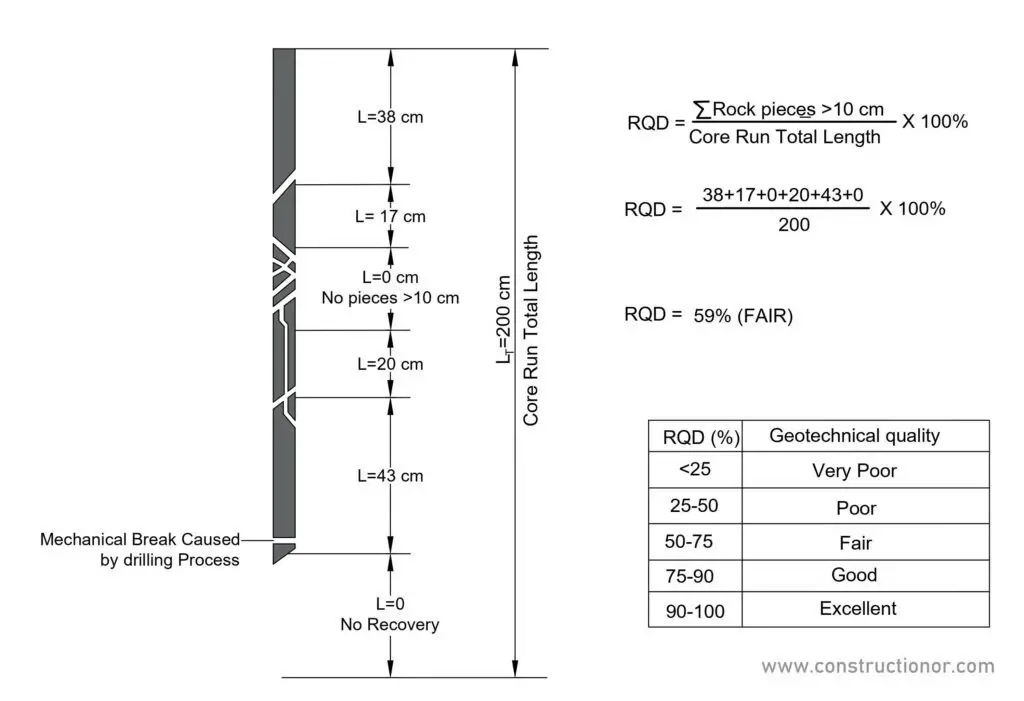



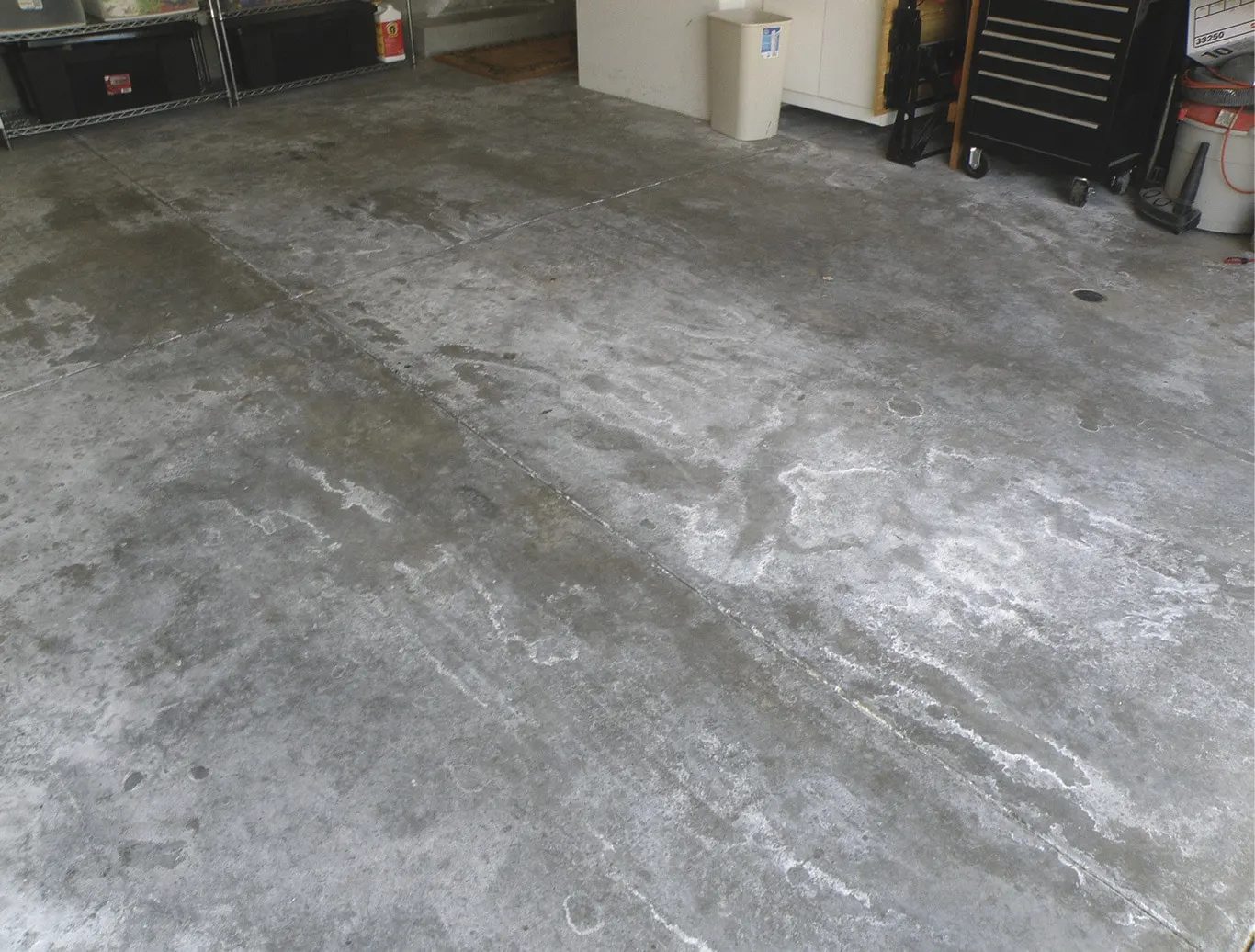
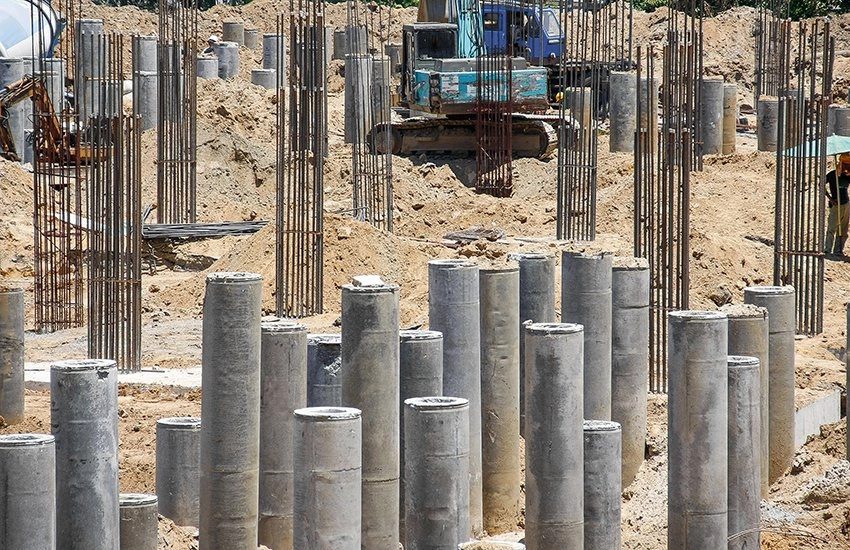

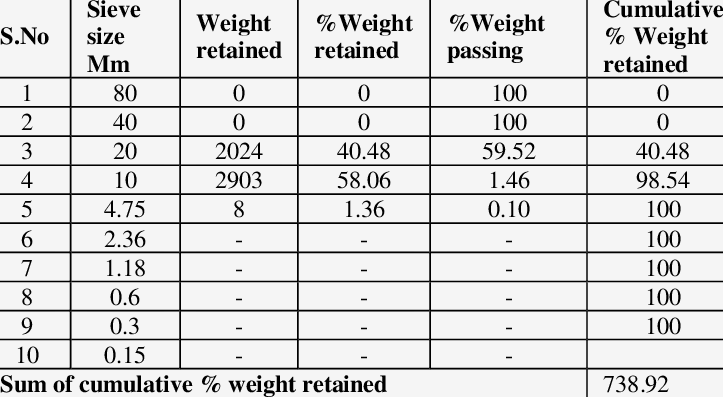
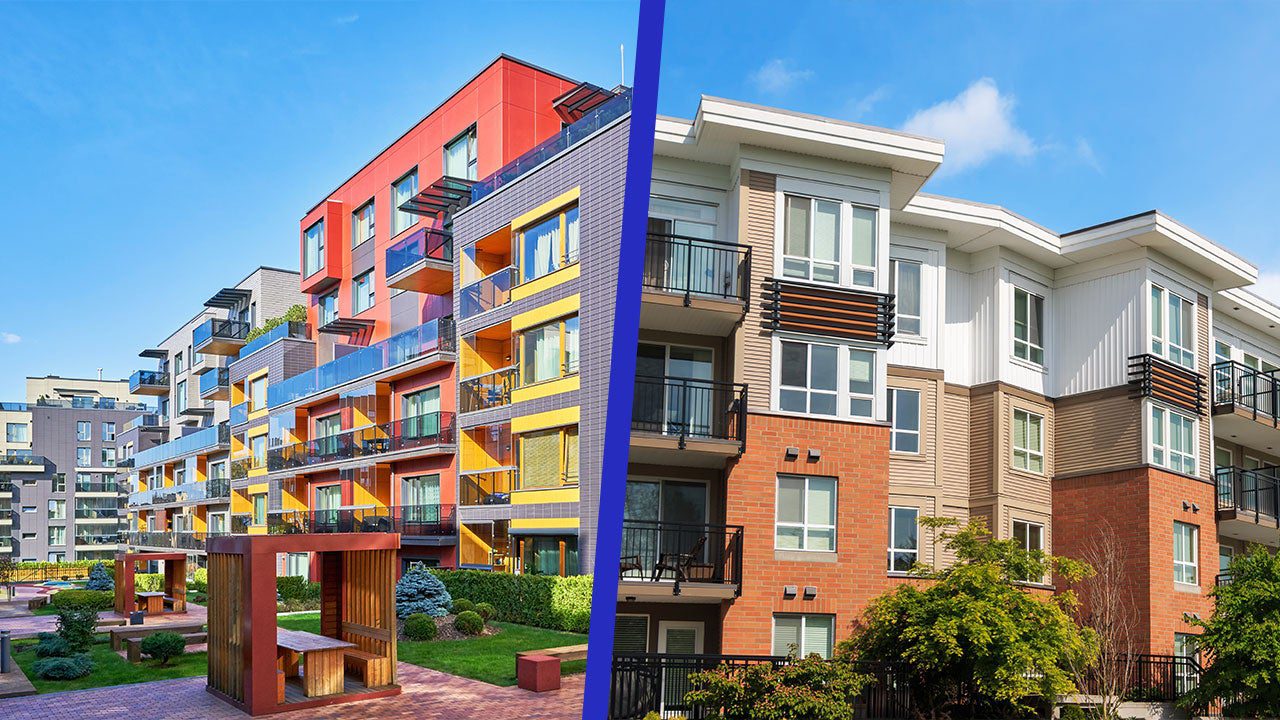
Dear Gentlemen:
You have the best and reliable info about liquefaction and all related to this topic. Thanks you
so much !